Social Systems and Organizational Culture
A social system is a complex set of human relationships interacting in many ways. Each small group is a subsystem within larger groups that are subsystems within even larger groups, giving the architectural make-up of an organisation. Two points are important in the complex interactions among people in a social system
(a) The behaviour of any one member can have an impact which is large or small, directly or indirectly on the behavior of any other as all parts of the system are mutually interdependent.
(b) Any social system engages in exchanges with its environment, receiving input from it and providing output to it.
A system is said to be in social equilibrium when its interdependent parts are in a dynamic working balance. When minor changes occur in the social system they are soon absorbed by adjustments within the system and equilibrium is regained but a single significant change or a series of smaller rapid changes may throw the organization out of balance.
Any actual or proposed change in the social system or any behavior of employees may have a short term and long term effect on the system and its stakeholders as measured by the soft and hard criteria. When these effects are favorable for the system it is said to have a functional effect, but when the effects are unfavorable in nature it is said to have a dysfunctional effect.
There are separate roles in managerial work, defined as an organized collection of behaviours belonging to an identifiable function or position. These are in three subcategories: interpersonal contact, information processing and decision making. Managers are effective in these roles when they possess the required skills, understand the organization and its employees properly.
Key Facts About Life at Work
- Organizations are complex systems
- Human behavior in organizations is sometimes unpredictable
- Human behavior in an organization can be partially understood
- There is no perfect solution to organizational problems.
- In an Organization, employees do not have the luxury of not working with or relating to other people.
Therefore, to be effective in an organization, it is imperative that an employee learns about human behavior, explore how to improve interpersonal skills and begin to manage relationshipswith others at work. These are the areas where knowledge of Organizational Behavior can make a significant contribution to the employee’s effectiveness within the architectural make-up of an organisation.
The Nature of People
The six basic concepts relevant to the nature of people are:
Law of individual differences – Each person is substantially different from all others in terms of their personalities, needs, demographic factors and past experiences because they are placed in different physical settings, time periods or social surroundings. This diversity needs to be recognized and viewed as a valuable asset to organizations.
Perception – Perception is the unique way in which each person sees, organizes and interprets things based on their background of individual differences.
A whole person- People function as total human beings. People are physical, mental, social and spiritual beings and the organization actually employs the whole person rather than certain characteristics.
Motivated behavior – Individual’s behaviors are guided by their needs and the consequences that result from their acts.
Desires for Involvement – Many employees actively seek opportunities at work to become involved in relevant decisions, thereby contributing their talents and ideas to the organization’s success.
Value of the Person – People want to be treated with care, dignity and respect and increasingly they are demanding such treatment from their employers. They want to be valued for their skills and abilities and to be provided with opportunities to develop themselves.
The Nature of Organizations
The three key concepts related to the nature of organizations are:
Social systems – Sociology tells that organizations are social systems. People have psychological needs they also have social roles and status. Their behavior is influenced by their group as well as their by their individual drives. Two types of social systems exist side by side in the organization- the formal(official) social system and the informal social system-each influencing and getting influenced by the other.
READ >> For How Long Should a CEO Act?
Mutual Interest – There is a mutuality of interest between the organization and its employees.Organization needs employees to reach its objectives and people need organizations to help them reach individual objectives.
Ethics – Ethics is the use of moral principles and values to affect the behavior of individuals and organizations with regard to choices between what is right and wrong.
Basic approaches of Organizational Behaviour
The four basic approaches of OB are:
Human Resources (supportive) approach–
Employee growth and development toward higher levels of competency, creativity and fulfillment are encouraged and supported because people are the central resource in any organization and society.
Contingency approach
Different managerial behaviors are required by different environments for effectiveness.
Results-oriented approach
Outcomes of organizational behavior programs are assessed in terms of their efficiency.
Systems approach
All parts of an organization interact in a complex relationship. Systems approach takes an across- the board view of people in organizations and analyses issues in terms of total situations and as many factors as possible that may affect people’s behaviour.
Organizational Processes, Structure and Design
A formal pattern of activities and interrelationship among the various subunits of the organization. It includes:
a. Organizational Structure—the components of the organization and how these components fit together.
b. Job Design—the processes managers use to specify the contents, methods, and relationships of jobs and specific task assignments.
c. Organizational Processes—four behavioral processes that contribute to effective organizational performance are:
1. Leadership —important for obtaining individual, group and organizational
performance. Defined by some in terms of specific traits and behaviors; the combination of those behaviors; or dependent upon the specific situation in which theleading is occurring.
2. Communication Process — links the organization to its environment and links parts within the organization to each other.
3. Decision-Making Process — the dynamics, variety and techniques of both individual and group decision-making.
4. Organizational Change and Development Processes—planned attempts to implement change that will improve overall individual, group, and organizational performance. It involves the study of Organizational structure and Design and Managing change and Innovation.
Key Forces Affecting Organizations and Continuing Challenges
A complex set of four forces affects the nature of organizations today. They are:
People-People are the living, thinking and feeling beings who work in the organization to achieve their objectives. People make up the internal social system of the organization. The internal social system consists of individuals and groups which are dynamic in nature, large as well as small in size, unofficial, informal and more official formal ones.
Structure – Structure defines the formal relationship and use of people in organizations. When people work together in an organization to accomplish an objective, some kind of structure of formal relationships is required so that their work can be effectively coordinated.
Technology – Technology consists of the intellectual and mechanical processes used by an organization to transform inputs into products or services that meet organizational goals. Technology provides the resources with which people work and affects the tasks that they perform.
Environment – All organizations operate within an internal and external environment. It is a part of larger system that contains many other elements, such as government, family, society at large and other organizations. Numerous changes in the environment create demands on organizations.
All these factors influence one another in a complex system that creates a dynamic even chaotic context for a group of people which influences the attitudes of people, affects working conditions and provides competition for resources and power.
Based on these four forces, the different challenges faced by the managers today are:
Managing in a global environment – Changes in the global marketplace have brought the need to think globally. For any company competing in the global marketplace, it is essential to understand the diverse cultures of the individuals involved and develop cross-cultural sensitivity. There are five dimensions of cultural differences that form the basis for work-related attitudes. These are:
- Individualism (a cultural orientation in which people belong to the loose social framework and their primary concern is for themselves and their families) versus collectivism(a cultural orientation in which people belong to tightly knit social framework and they depend strongly on large extended families or clans);
- Power distance (the degree to which culture accepts unequal distribution of power);
- Uncertainty avoidance (the degree to which a culture tolerates ambiguity and uncertainty);
- Masculinity (the cultural orientation in which assertiveness and materialism are valued) versus femininity(the cultural orientation in which relationships and concern for others are valued) and
- Time dimension (whether a culture’s values are oriented towards the future or towards the past and present). It is also required for these companies to bring in structural changes as and when required based on the demands of the global environment.
1. Flat Organizations
Many organizational structures have become faller as a measure of lowering cost and remaining competitive while some structures have grown more complex as a result of mergers, acquisitions and new ventures. Several organizations are hiring contingent workforces while others are moving from a traditional to a team based structure.
2.Workforce Diversity
Workforce diversity has always been an important issue for organizations. Diversity encompasses all forms of differences among individuals, including culture, gender, age, ability, religious affiliation, personality, economic class, social status, military attachment, and sexual orientation.
Today the workforce has become richly diverse in terms of age, gender, educational backgrounds, talents and perspectives to their jobs. New labour force has emerged and management’s leadership practices must change to match the new conditions. These fast-moving developments have given new emphasis to leadership ability.
READ ALSO >> Strategic Decision Making for Managers
Some companies are discovering that demonstrating a sense of caring, really listening to employees and being concerned with both competence and relationships are among the keys to the motivation of the present workforce. Other companies are urging their managers to respond to a diverse workforce by building pride without devaluing others, empowering some without exploiting others, and demonstrating openness, confidence, authentic compassion and vulnerability.
Diversity can enhance organizational performance within the architectural make-up of an organisation but five problems are particularly important: resistance to change, cohesiveness, communication problems, conflicts and decision making.
3. Managing Technological Innovation-
Examples of the impact of technology include the increasing use of robots and automated control system in the assembly lines, shift from manufacturing to the service economy, the widespread use of the internet and the need to respond to societal demands for improved quality of goods and services at acceptable prices.
The great benefit of technology is that it allows people to do more and better work, but it also restricts people in many ways-thus having both benefits as well as costs. Each of the technological advancements places increased pressure on Organization Behaviour to maintain a delicate balance between technical and social systems.
Technological innovations like Artificial Intelligent (AI), Drones, expert systems, robotics, World Wide Web etc have been responsible to large extent for the advent of alternative work arrangements like Telecommuting, Hoteling and Satellite offices and also has started affecting the very nature of the management job like developing technical competency of themselves and also of the workers, motivating employees for reinvention, dealing with employee stress, depression, anxiety and helping employees to adjust to technological changes.
4. Managing ethical issues at work
Formal relationships create complex problems of co-operation, negotiation and decision making due to differences in resource power. This may give rise to many ethical issues in the organization like employee theft, the comparable worth of employees, conflict of interest, sexual harassment, romantic involvements, organizational justice, whistleblowing. Managers must confront these ethical challenges of individual and group level and also those ethical issues that are encountered in an organizational level like environmental issues and corporate social responsibility and handle them successfully.
Competencies for Facing the Challenges
These four challenges are important because the way managers handle them shapes employee behaviour. Organisational behaviourism can be used to do this effectively. OB helps people attain the competencies ( an interrelated set of abilities, behaviors, attitudes, and knowledge needed by an individual to be effective in most professional and managerial positions) needed to become effective employees, team leaders/members, or managers.
However, the field of Organizational Behaviour faces two continuing challenges while doing this. These two continuing challenges are:
Seeking quick fix: The tendency for business firms to have short time horizons for the expected payoff from behavioral programs.
Varying environment: Failure of managers to recognize the impact of different environment and modifying the OB concepts accordingly. Management have to be conscious of these two challenges and overcome them so that the knowledge of OB can be utilized properly for increasing organizational effectiveness.

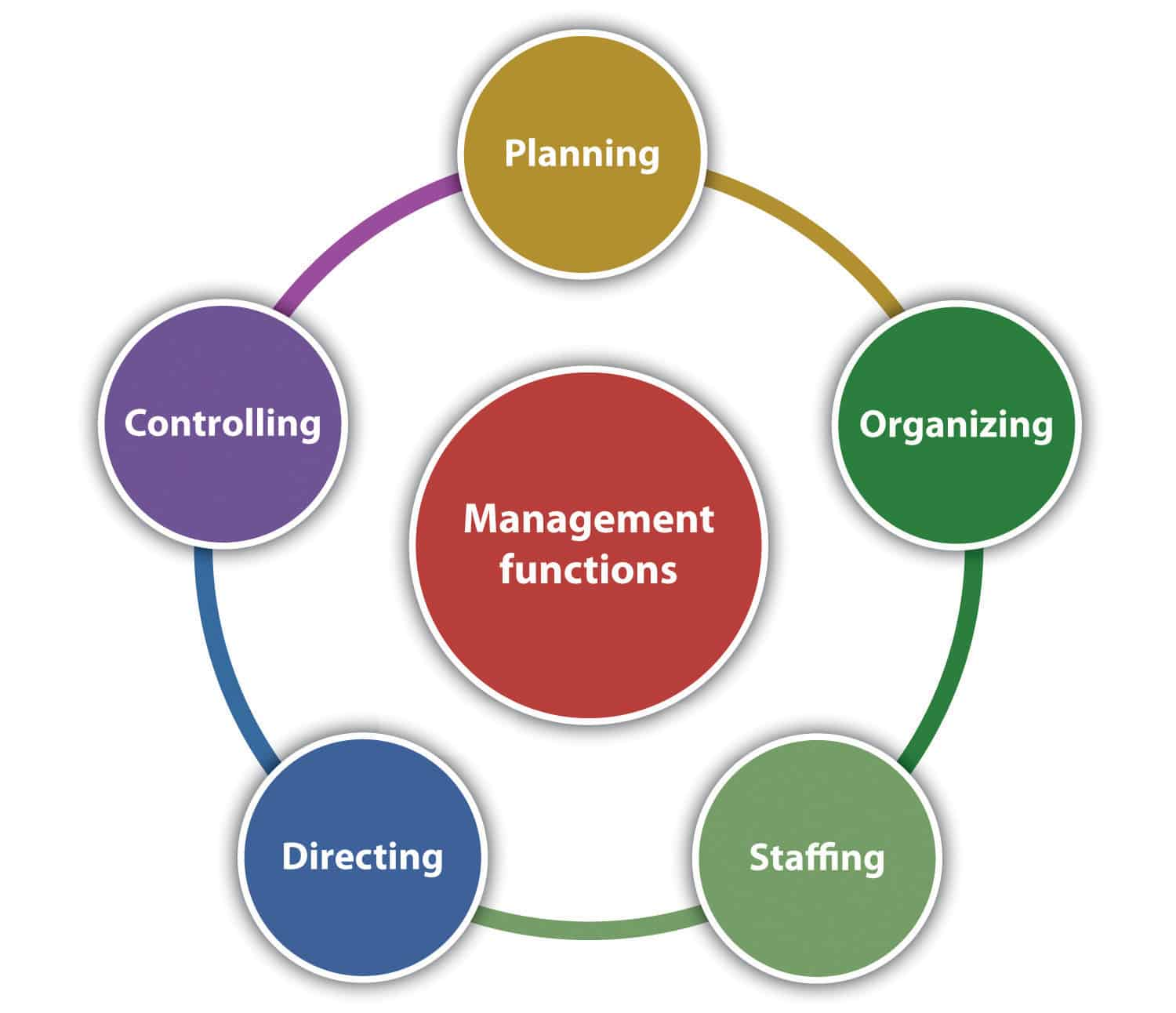















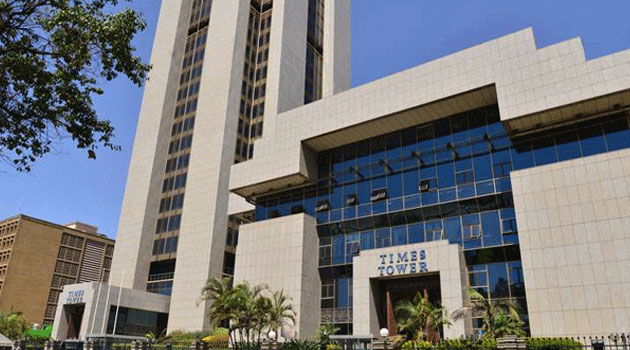

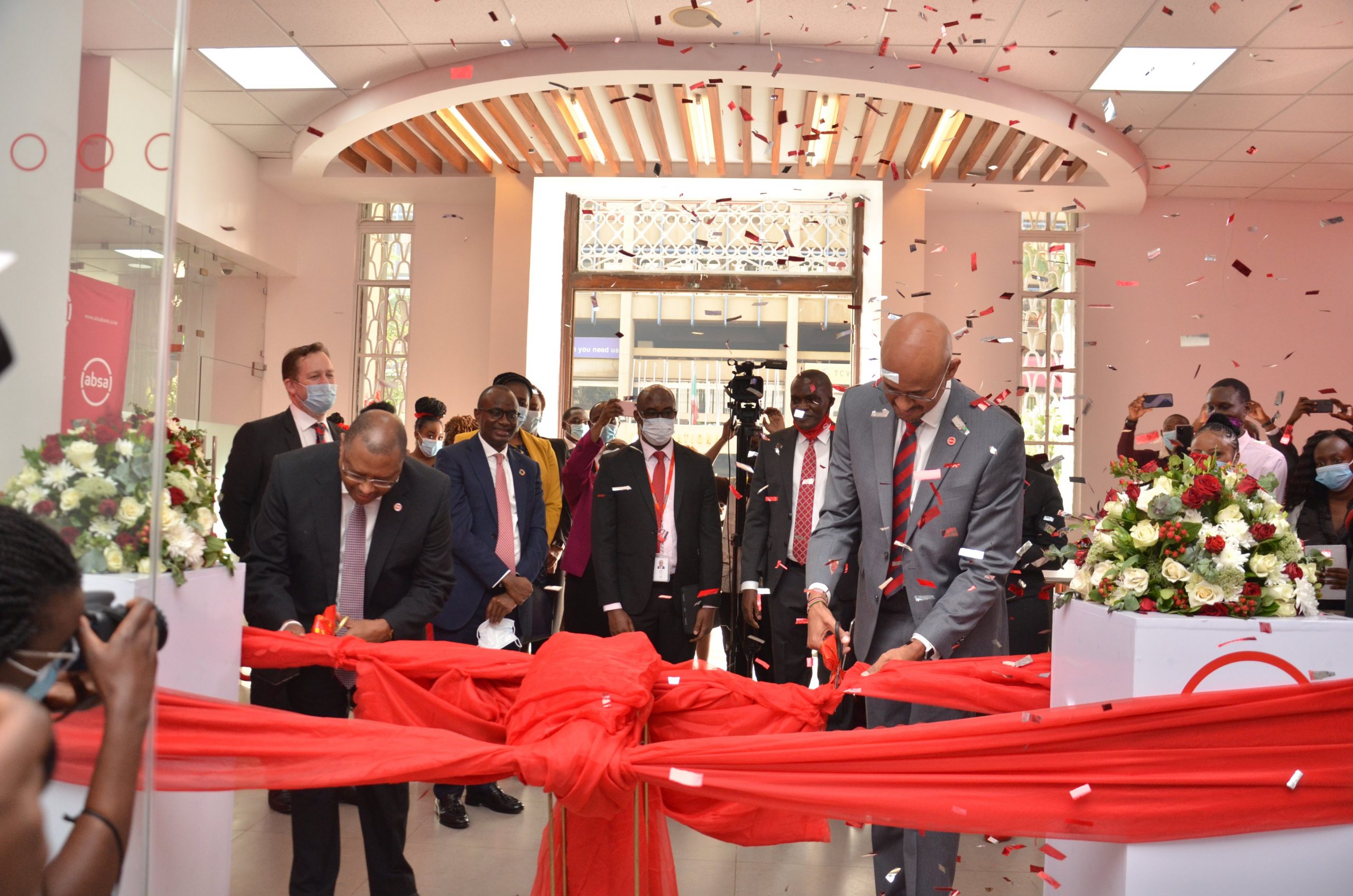
















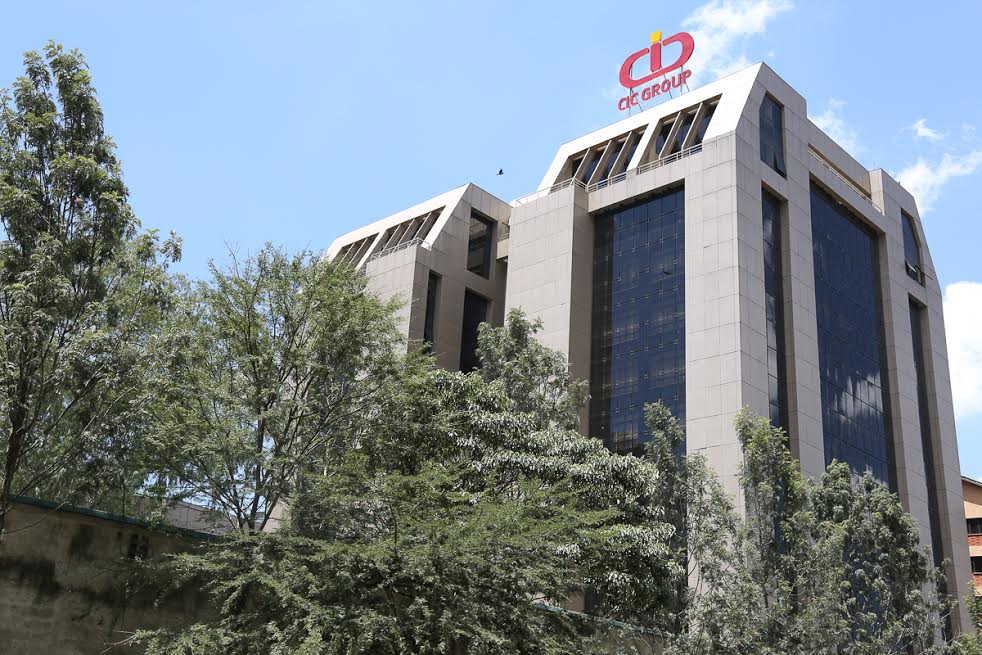














![Pula Co-Founders and Co-CEOs, Rose Goslinga & Thomas Njeru. Pula provides agricultural insurance and digital products to help smallholder farmers manage climate risks, improve farming practices and increase their incomes. [ Photo / Courtesy ]](https://businesstoday.co.ke/wp-content/uploads/2021/01/Pula-Co-Founders-and-Co-CEOs-Thomas-Njeru-Rose-Goslinga.jpg)







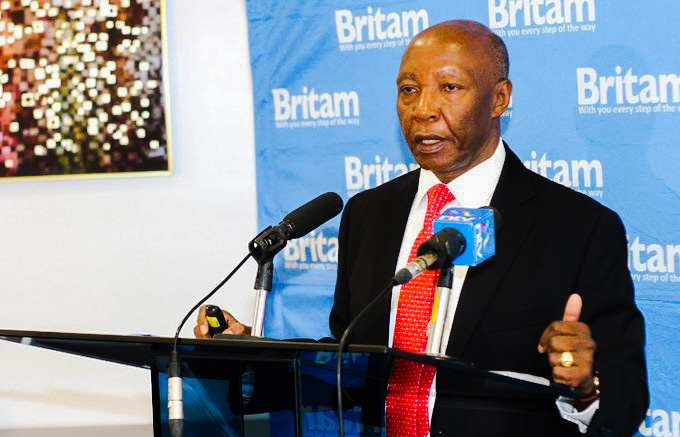
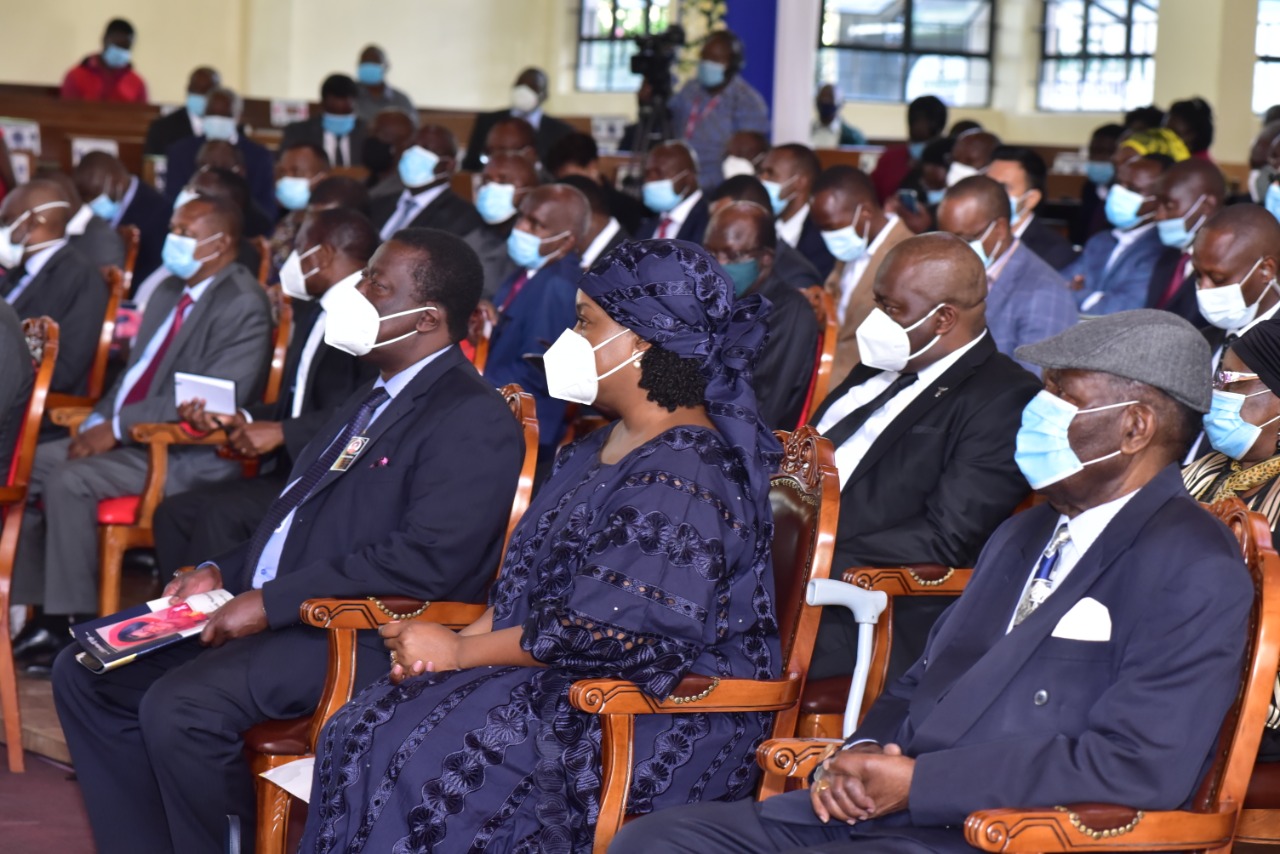







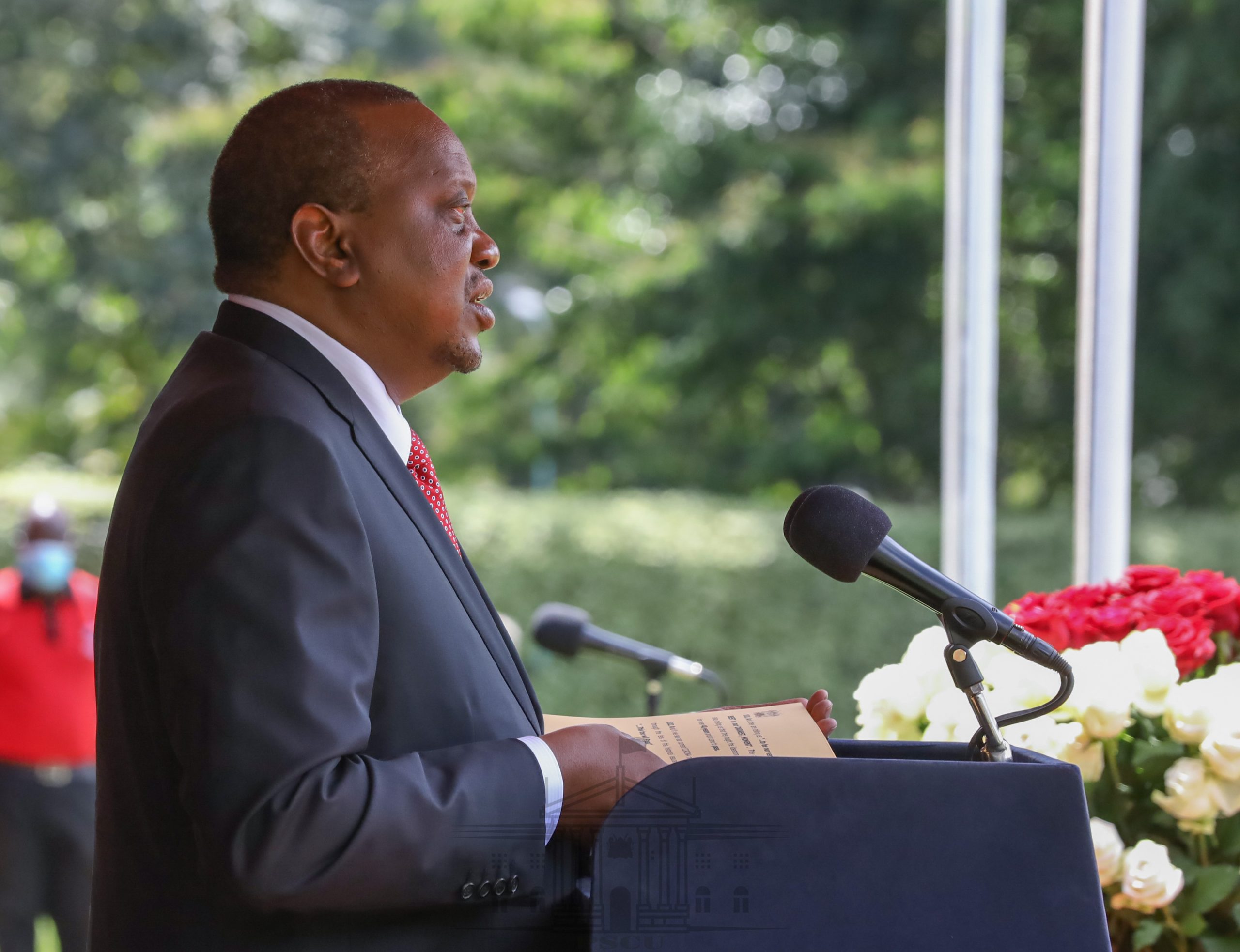







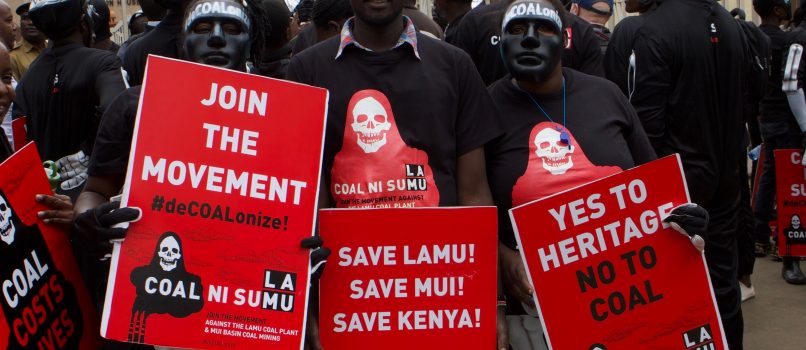
















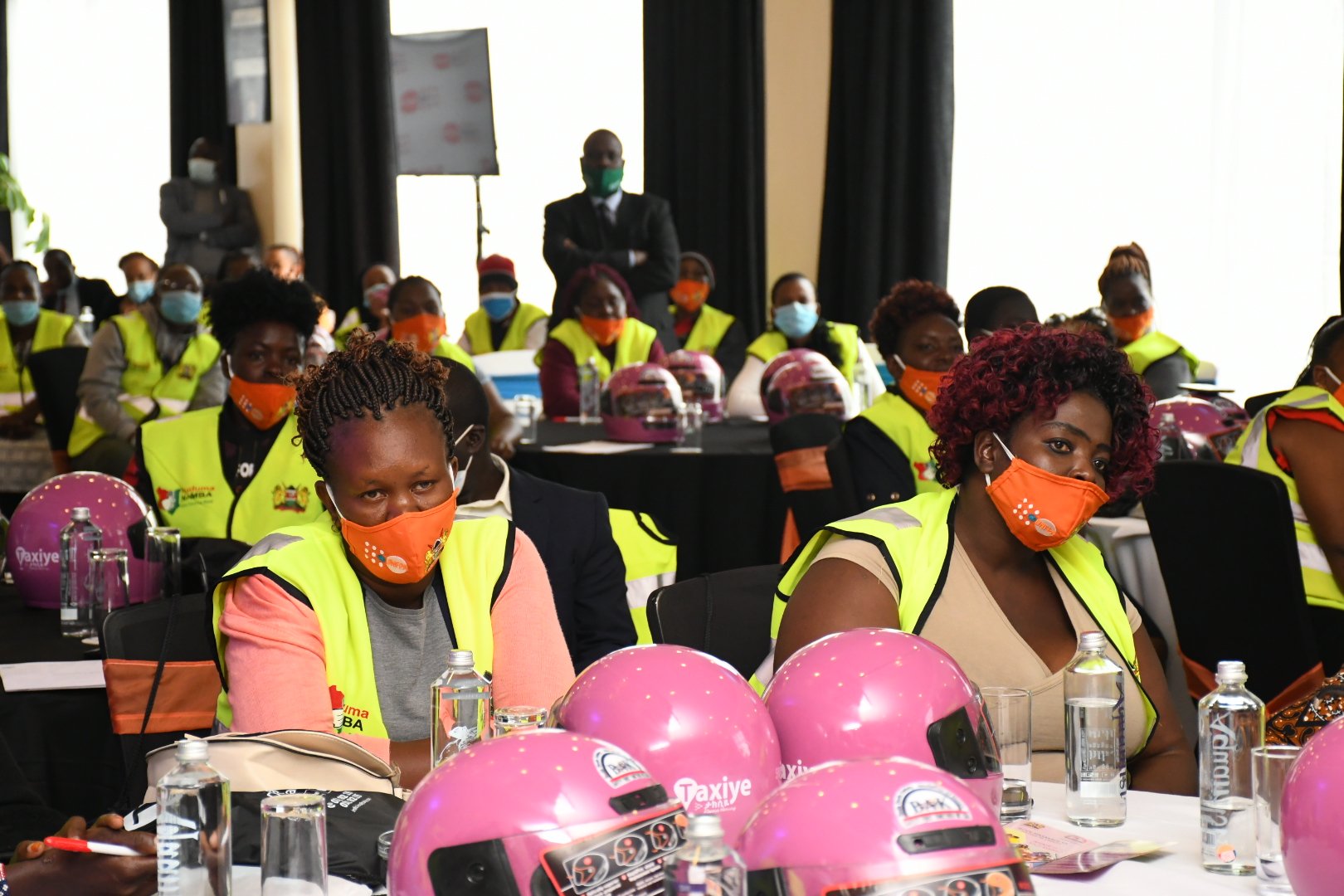
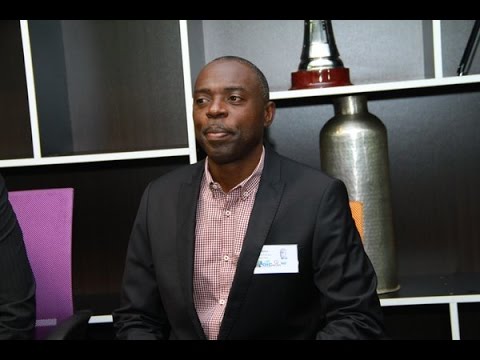


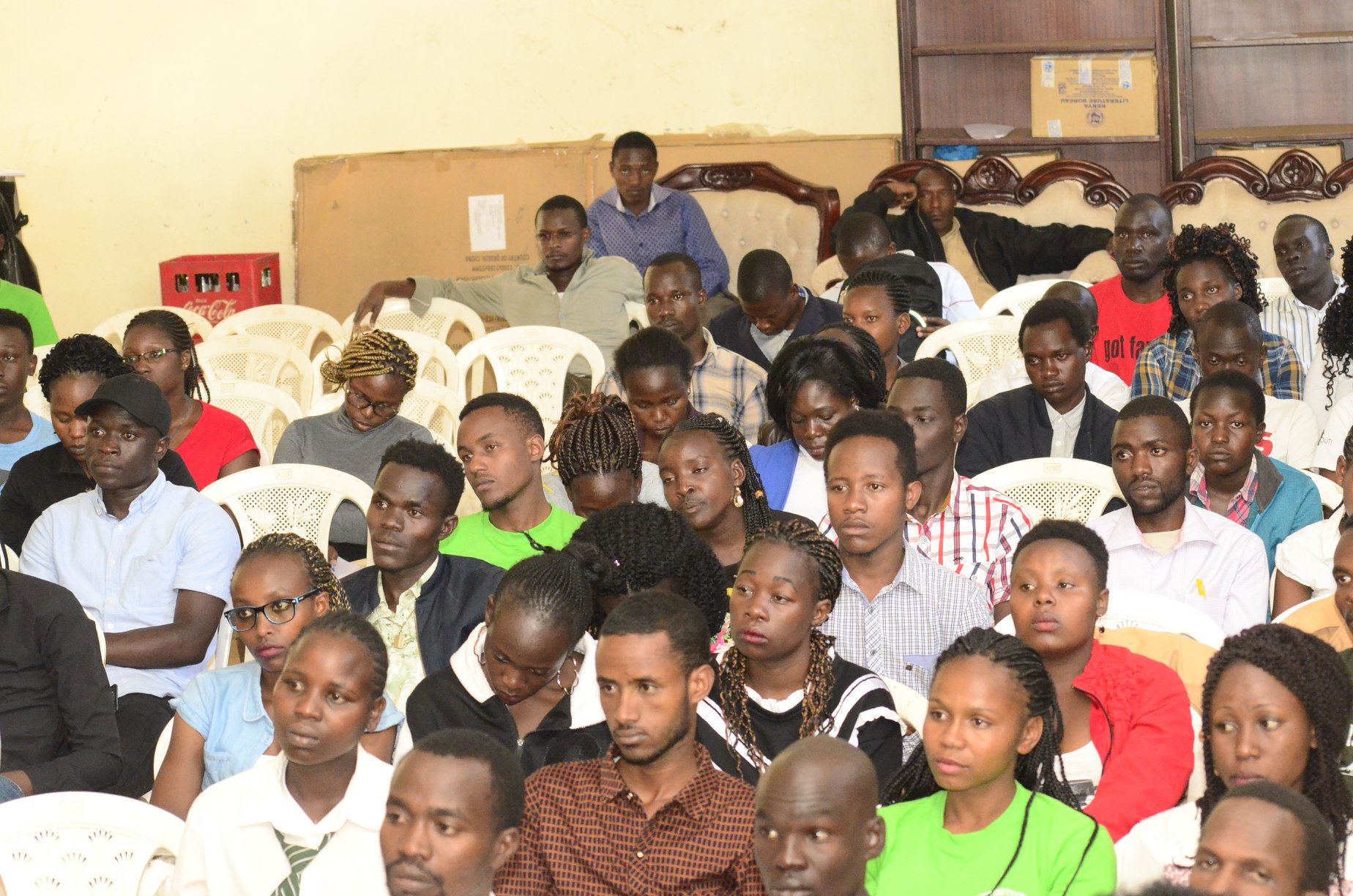




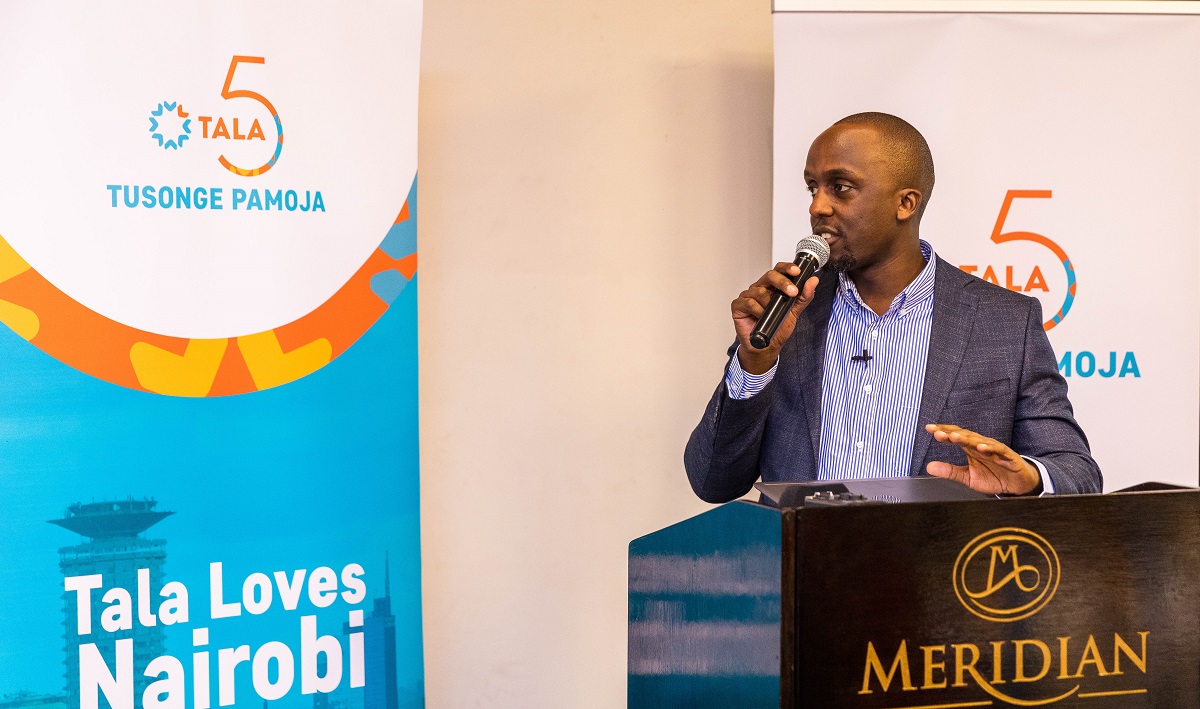









A very good article. Organizations are living entities and should be handled professionally for maximum results! Many people in organizations are there by accident and manage by default and the outcomes have always been very dire!
Great Piece of work for Human Resource Practioners. Keep it up Dr Achoch.